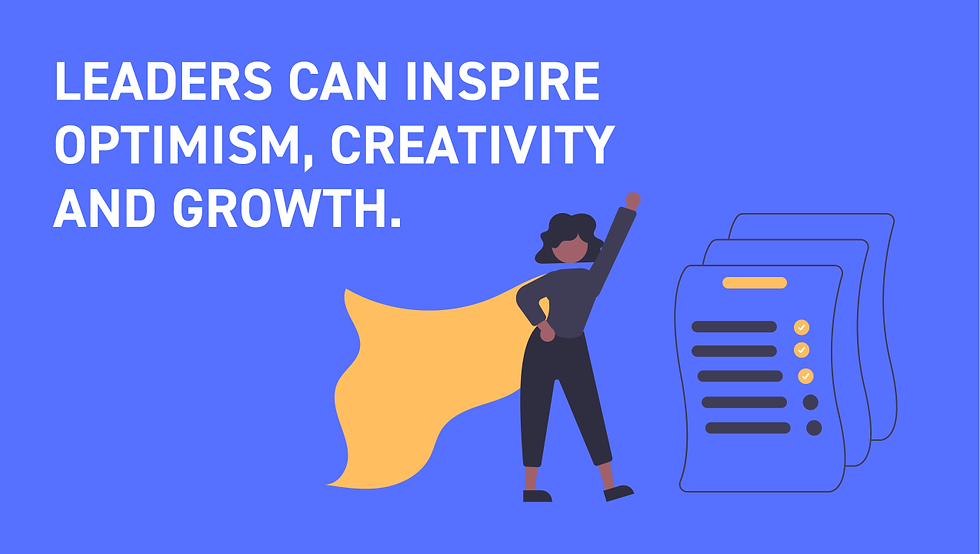Implementing Inclusivity & Accessibility in a Tech-Driven World
- Eric Cabigting
- Sep 2, 2022
- 3 min read

Can accessibility and inclusivity create the perfect synergy for corporations?
In the 1940s, IBM did something that would go on to make history. In an era where most companies envisaged the ‘perfect’ employee as an individual with unparalleled physical and mental prowess, IBM hired a visually impaired psychologist to help them design a comprehensive policy for hiring people with disabilities.
Fast forward to present times, and we can see that inclusivity and accessibility have become deeply ingrained in the global work culture. Organizations, such as Microsoft for Startups, are not only fostering diversity by hiring individuals based on their talent and skills rather than ethnicity, but they are also promoting accessibility by investing in startups that design inclusive workspaces that give opportunities to all.
Technology is enhancing interconnectivity across the globe and making the world a smaller place. As the competition among corporations gets tougher by the day, I believe that the only way a company can stay ahead of the curve is to harness the power of a diverse workforce with varying skills, strengths, and abilities.
Facilitating profitability across the board
Through my 20+ years of working with some of the biggest tech companies in the world, I have witnessed a strong correlation between inclusivity and profitability. Companies that are renowned for their diversity and disability employment, report better economies of scale, higher revenues, and impressive profitability ratios as compared to organizations that stick to outdated, cookie-cutter hiring practices.
Inclusive organizations can attract and retain talent for the long haul. Millennials and genZers—who will constitute nearly 80% of the global workforce by 2030—prefer working for companies that reflect their values. Inclusion and accessibility are two of the biggest considerations millennials and genZers look at when selecting an employer. With wider inclusion comes new talent, offering more innovation and excellence.
Accessibility breeds innovation
50 years ago, the Rehabilitation Medicine Center of New York was looking for a way to assist patients with wheelchairs. This was how the idea of developing voice recognition technology—an innovation that is now widely used in all smartphones and vehicles—was born. It proved that “necessity is the mother of all inventions” and creating tools for minorities and marginalized individuals can push the boundaries of innovation to inspire new solutions.
From parking assist sensors to YouTube’s speech-to-text software, some of the most complex tech tools and predictive algorithms have been designed and deployed to make technology more accessible (and inclusive) for people.
I strongly believe that organizations can grow sustainably and set a new benchmark in being human-centric by incorporating accessibility into their company culture. Recognizing disability as a talent rather than a drawback is the best way to fuel innovation, hire the right individuals for the job, and streamline company-wide operations to improve overall profitability.
Creating the accessibility-inclusivity synergy
To create the ideal accessibility-inclusivity blend, organizations must start at a grassroots level. The first step for startups is to recognize disability as a strength, not a weakness. Individuals with disabilities bring new ideas to the table and offer a fresh, unique perspective. A startup’s vision and strategy must include promoting wider inclusivity, diversity, and accessibility, and this must be reflected in its hiring policies.
Placing inclusion as its raison d'etre will allow a company to design products and services that are available to everyone. As a result, accessibility will be a major part of a company’s product development lifecycle, including the planning, development, and testing phase. Similarly, reshaping your company’s narrative around multiplicity and openness is one of the best ways to build a human connection with your customers and attract the best talent in the market. With over 200 million people with disabilities in the MENA region, startups have the opportunity to tap into a new area, resources, and solutions by focusing on inclusivity and accessibility. By concentrating on products and services built off inclusion, companies can retain talent in the long run and foster innovation.




Comments